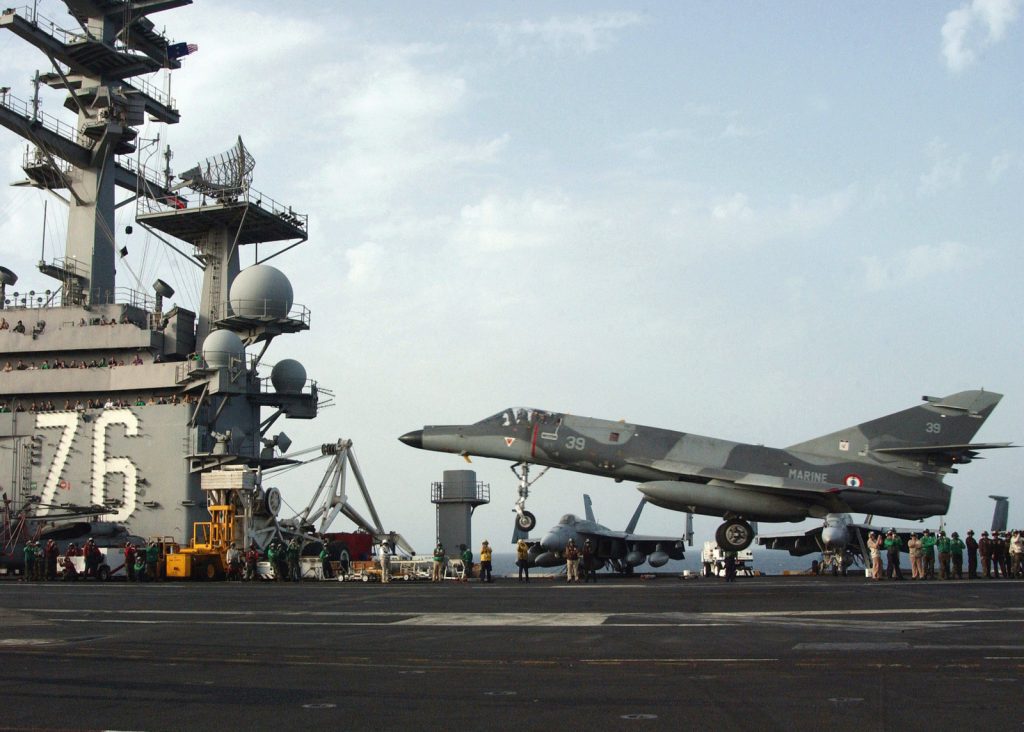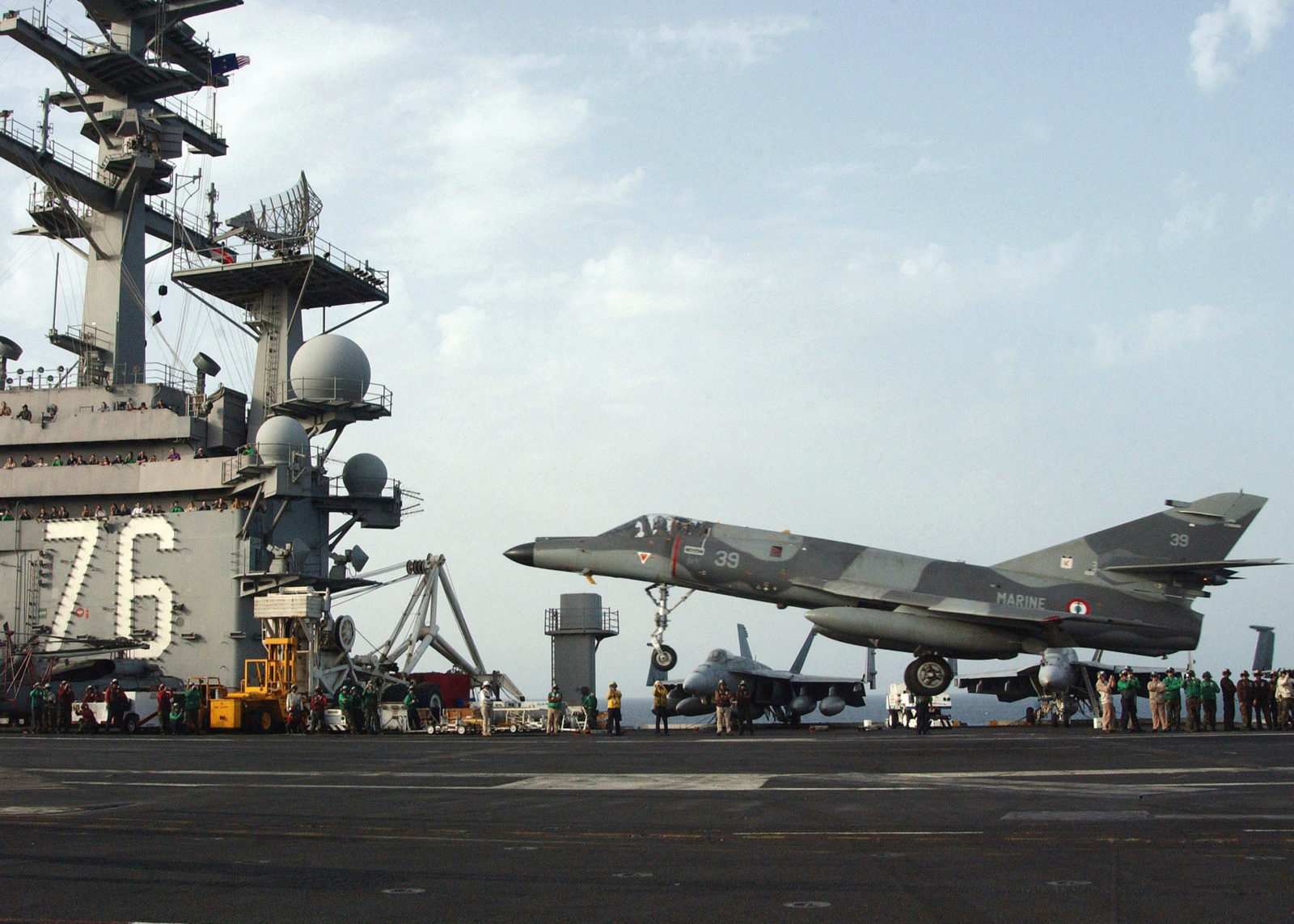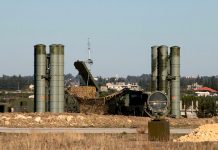
On April 28, 2025, India formalized a historic $7.5 billion agreement with France for the acquisition of 26 Rafale Marine (Rafale M) fighter jets, marking the largest defense deal between the two countries. Signed in New Delhi, the contract aims to enhance India’s maritime air power by outfitting its aircraft carriers, INS Vikrant and INS Vikramaditya, with advanced multirole fighters, addressing the increasing regional security challenges posed by China’s expanding naval presence in the Indian Ocean.
The deal’s considerable cost—approximately $288 million per jet—has raised concerns about the cost-effectiveness of investing in a fourth-generation fighter when fifth-generation alternatives, such as the U.S. F-35C, may be available at similar or lower costs. The Rafale M, a naval variant of the Rafale developed by Dassault Aviation, is engineered for carrier-based operations, with 22 single-seat fighters for the Indian Navy’s carriers and four twin-seat trainer variants for land-based operations. The agreement also includes comprehensive support packages, such as weapons, simulators, crew training, and a five-year performance-based logistics support program, along with technology transfers to bolster India’s defense self-reliance efforts.
Deliveries are expected to commence in mid-2028, with the full order completed by 2030. This agreement follows a 2016 contract for 36 Rafale jets for the Indian Air Force, highlighting India’s increasing dependence on French military hardware. The decision to procure the Rafale M is rooted in the need to modernize India’s naval aviation, particularly as the current fleet of 40 MiG-29K jets, acquired from Russia between 2009 and 2014, faces significant operational challenges, including poor serviceability, technical issues, and supply chain disruptions due to Russia’s ongoing conflict in Ukraine.
India’s choice to favor the Rafale M over the U.S. F/A-18 Super Hornet, following rigorous trials in 2022, is informed by its logistical commonality with the Indian Air Force’s Rafale fleet, reducing maintenance and operational burdens. The Rafale M is a capable 4.5-generation multirole fighter, with air superiority, precision strike, anti-ship, and reconnaissance capabilities. Its two Safran M88-2 engines enable a top speed of Mach 1.8 and a combat range exceeding 1,850 kilometers. The aircraft’s advanced avionics, including AESA radar and the Spectra electronic warfare suite, bolster its defense against missile threats, while its design facilitates operations from Short Take-Off But Arrested Recovery (STOBAR) carriers.
The Rafale M’s weapons suite includes the Meteor air-to-air missile, the Exocet AM39 anti-ship missile, and the SCALP cruise missile, alongside integration of India’s indigenous Astra Mk1 air-to-air missile and Rudram anti-radiation missile as part of India’s “Make in India” initiative. The high price of the Rafale M, however, is a subject of scrutiny, particularly when compared to other fighter jets like the U.S. Navy’s F-35C, which has a base price of approximately $120-150 million, or the F/A-18 Super Hornet, priced between $70-100 million.
China’s growing naval capabilities, including the deployment of three aircraft carriers and its plans for further expansion, have significantly influenced India’s decision to invest in advanced naval air power. The Rafale M’s long-range weapons and advanced electronics are seen as critical for maintaining India’s maritime deterrence in the face of China’s increasing presence in the Indo-Pacific region.
The deal also strengthens the strategic partnership between India and France, building on decades of defense cooperation. The contract includes offset clauses that require 50% of the deal’s value, approximately $3.75 billion, to be reinvested into India’s defense manufacturing sector. This commitment aligns with Prime Minister Narendra Modi’s vision of “Aatmanirbhar Bharat” (self-reliant India) and aims to stimulate local defense production.
While the Rafale M is not a fifth-generation fighter like the F-35C, its advanced capabilities, including open software architecture for upgrades, ensure its relevance in the near term. India’s investment in the Rafale M also aligns with its broader strategic goals, enhancing interoperability between the Indian Air Force and Navy’s Rafale fleets.
The high cost of the Rafale M raises broader questions about India’s defense priorities. While it represents a significant technological leap from the MiG-29K, it may not be a long-term solution given the emerging capabilities of China’s FC-31 stealth fighter and India’s own development of a Twin-Engine Deck-Based Fighter (TEDBF). However, the Rafale M offers a practical interim solution as India modernizes its naval air power.
In conclusion, India’s $7.5 billion Rafale M acquisition represents a balance between immediate operational needs and long-term strategic objectives. While the cost is high, the deal underscores India’s commitment to enhancing its maritime deterrence and deepening its defense ties with France. Whether the Rafale M proves to be a future-proof asset or a costly bridge to next-generation capabilities remains to be seen, especially in an era of emerging technologies like drones and artificial intelligence.





